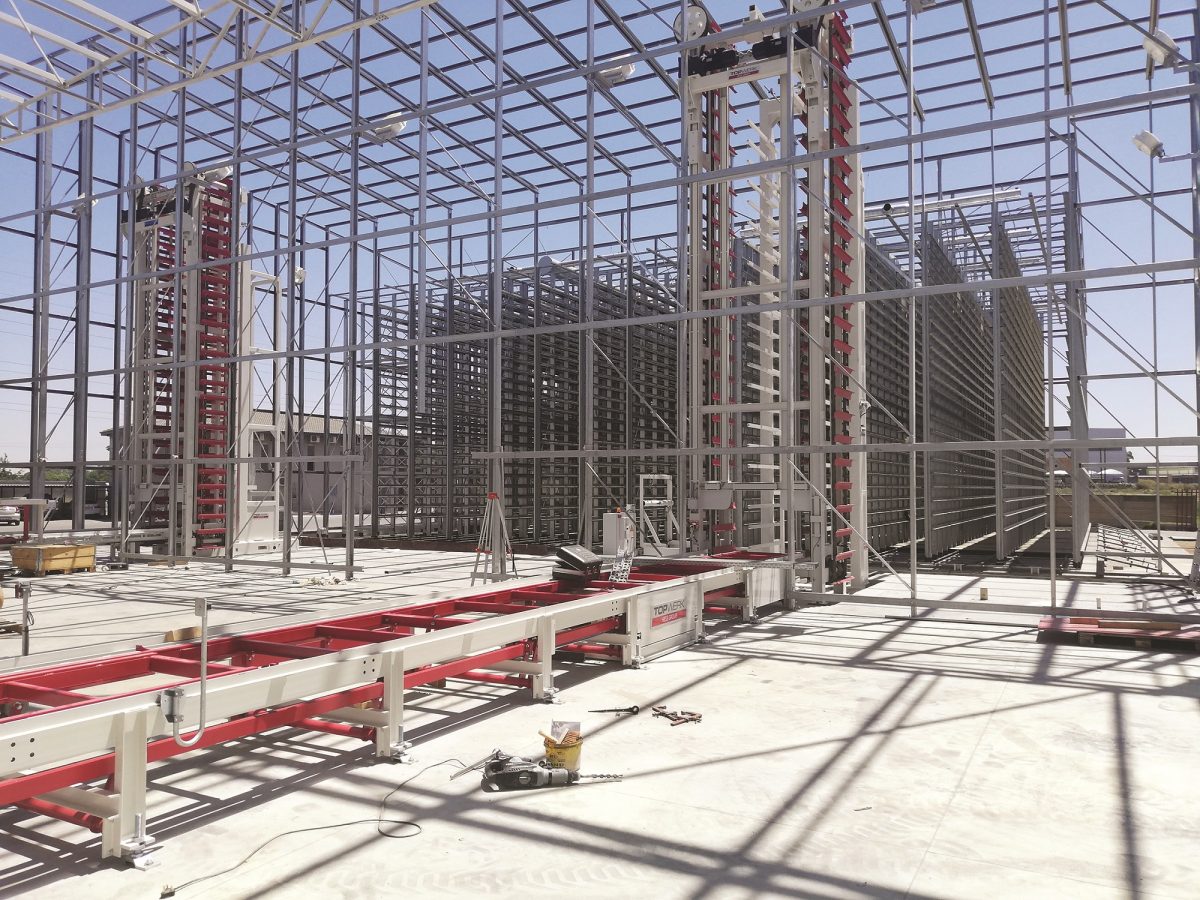
Bloemfontein-based cement brick manufacturer Cem Brick
experienced concrete-related challenges when laying the floor of its new plant,
and turned to CHRYSO Southern Africa for a solution.
To accommodate its fast growth, Cem Brick upgraded its old
plant to a state-of-the-art facility, and hot and dry conditions during the
construction led to surface cracks appearing on the floor. The company has been
using CHRYSO admixtures in the production of its bricks and roof tiles for some
time, and called on regional sales manager at CHRYSO Southern Africa, Greyling
Jansen to assist.
“Following an
on-site assessment and discussions with the site engineer, flooring contractor
and readymix supplier, we proposed an appropriate solution that included the
use of both admixtures and structural fibres in the floor slab,” Jansen says.
Jansen says both the flooring contractor and readymix
supplier are CHRYSO customers and understand the advantages of using admixtures
to resolve challenges when using readymix. The structural fibres were supplied
through CHRYSO’s partner, Oxyfibre.
CHRYSO® Optima 100 was selected for use in the readymix as
this admixture provides the requisite workability as well as water reduction in
the 120-slump pump mix.
“We provided Cem Brick with a range of other CHRYSO
products to enhance the performance of the concrete in the plant floor and
other structures,” Jansen says.
This included a.b.e.’s epidermix 345 which facilitates the
bonding of new concrete to existing concrete, preventing cold joints. Special
curing compound, CHRYSO® Cure WP was also using in the readymix for the
flooring to mitigate against hot and windy conditions.
a.b.e.’s Durasheet was used in between the flooring joints
of the new plant, while duracord was used as backing cord to the floor joints.
Dowsil 813C was used to seal joints around high-traffic areas. a.b.e. products,
duragrout and durarep FR, were used to repair honeycombing and damaged corners
on concrete members supporting machinery. CHRYSO Profilm 19 was used as a
curing aid to protect the floor surface from cracking in its plastic state, due
to direct sunlight during casting.
“A vertical wall in the new plant also benefited from
CHRYSO admixtures,” Jansen says. “We were able to supply CHRYSO Cure Acrylic to
cure walls on the outside of the building, while CHRYSO Stab 25 facilitates a
better finish to the mortar and inhibited cracking on the wall surface.”
CHRYSO also used its Advil XT Fibre on the wall mortar to
inhibit plastic shrinkage cracks. CHRYSO® Cim, a bonding agent in aqueous
phase, prevented delamination of wall mortar waterproofing and ensured greater
flexibility.
“The new plant uses CHRYSO admixtures to enhance concrete
product quality and manufacturing efficiency. These include CHRYSO Dem Oleo RT
demoulding agent in roof tiles, and CHRYSO Plast CM90 and CHRYSO Colour Pigment
for paving stones,” Jansen concludes.
More information at www.za.chryso.com
More news
- PART 2: HARNESSING THE POTENTIAL OF HIGH SULPHUR FLY ASH IN CONCRETE PRODUCTION
- PART 1: HARNESSING THE POTENTIAL OF HIGH SULPHUR FLY ASH IN CONCRETE PRODUCTION
- PART 2: DESIGN AND CONSTRUCTION OF SLAB-ON-GROUND: APPLYING ACI 318
- DESIGN AND CONSTRUCTION OF SLAB-ON-GROUND: APPLYING ACI 318
- DOK-ING’s innovative electric mining equipment unveiled at ElectraMining

